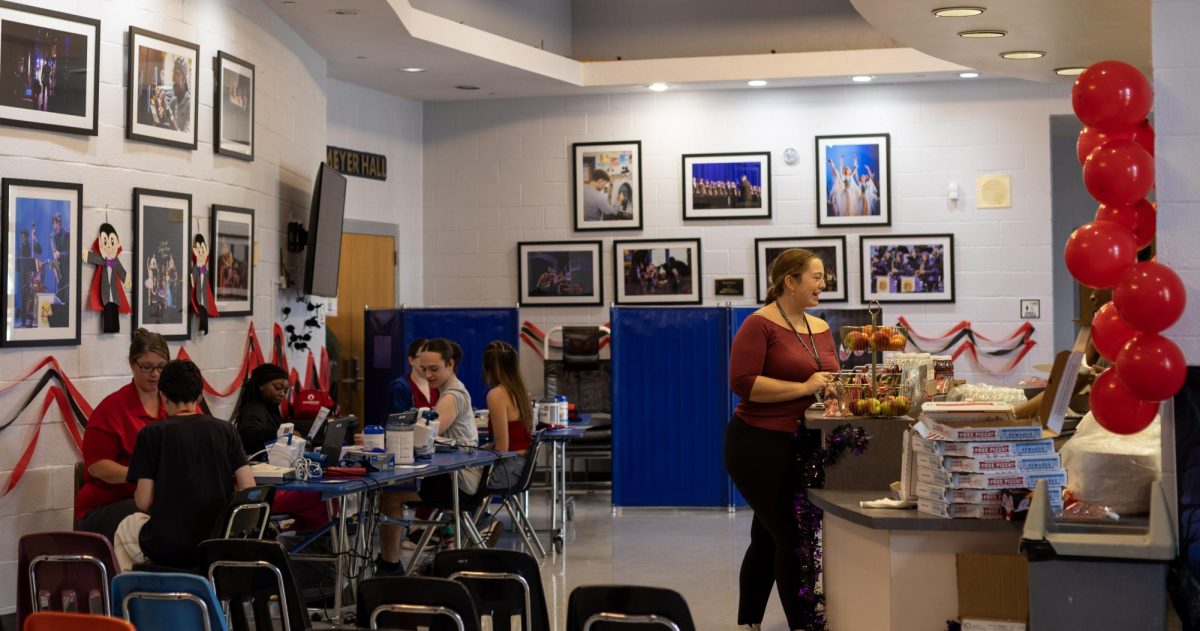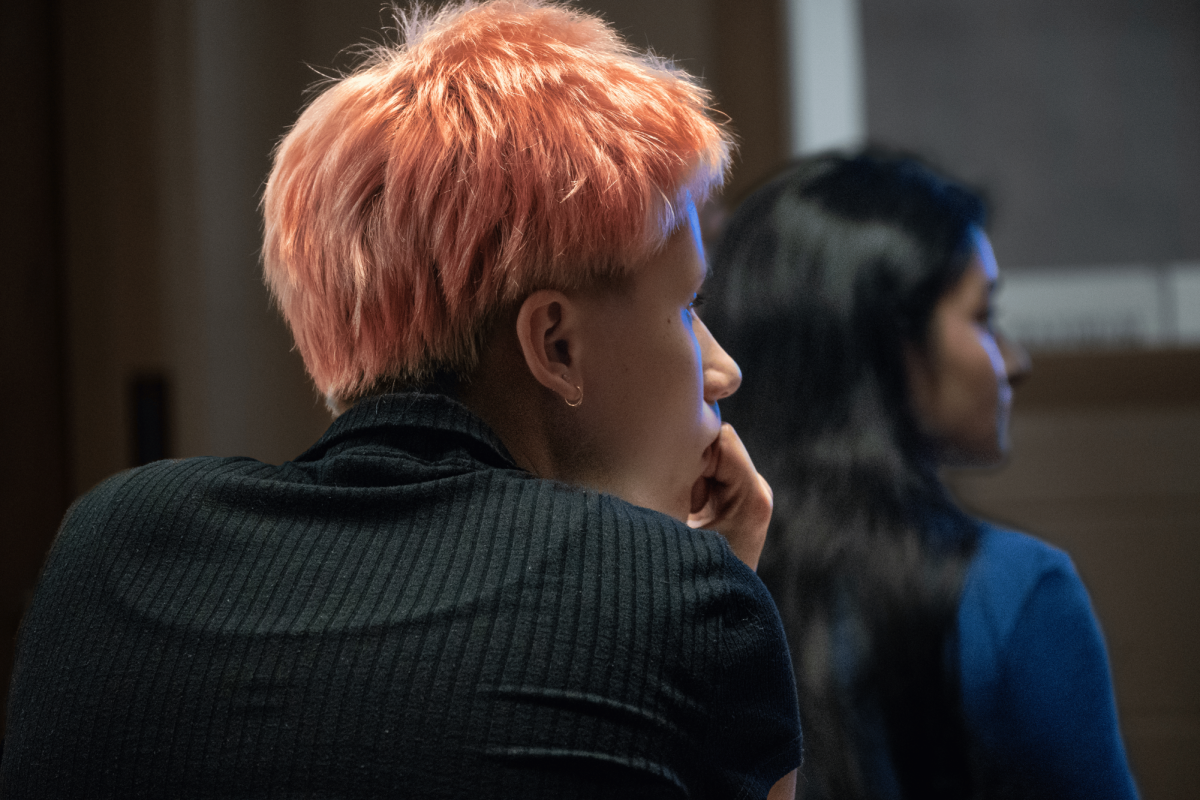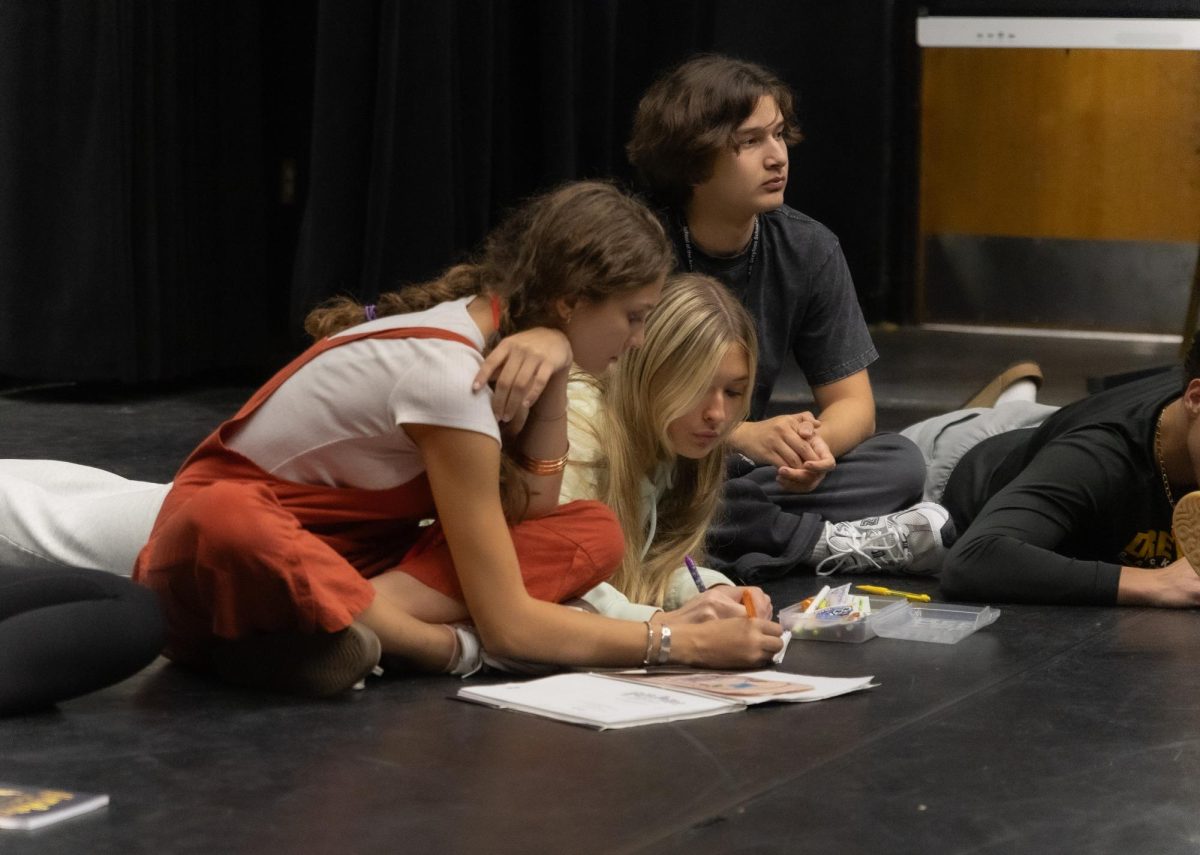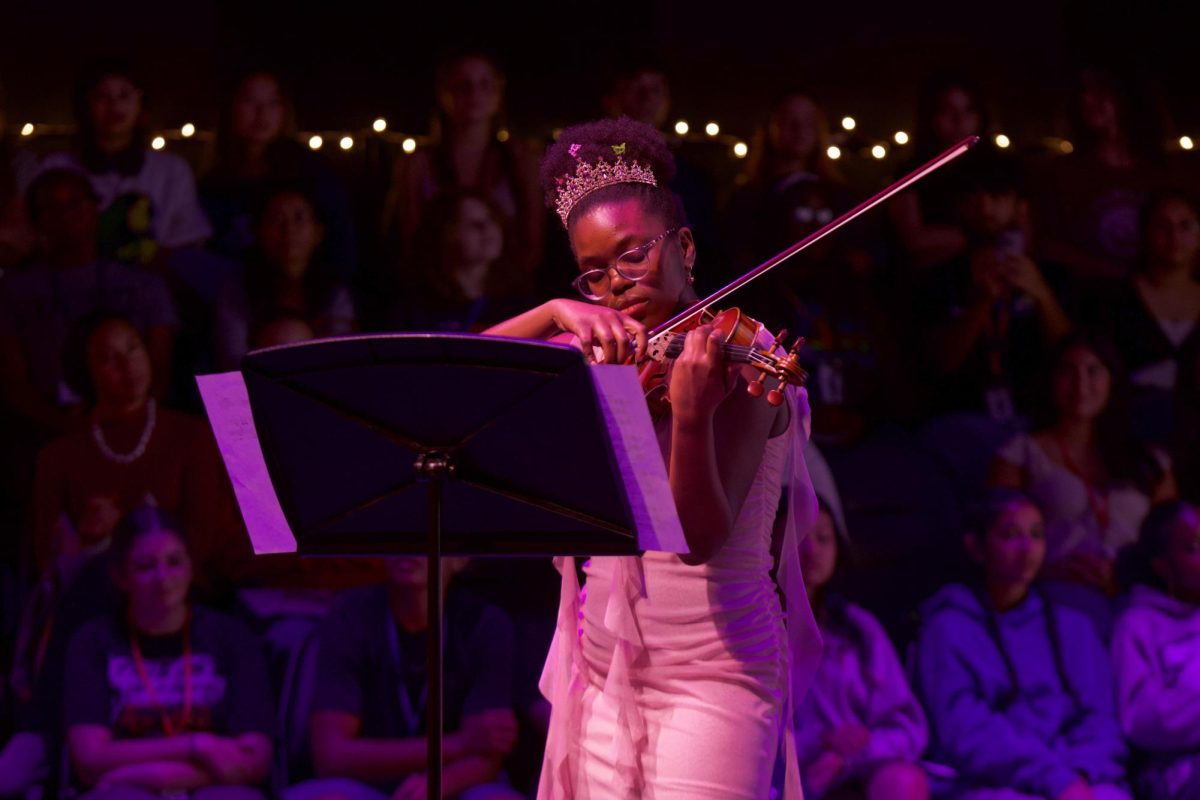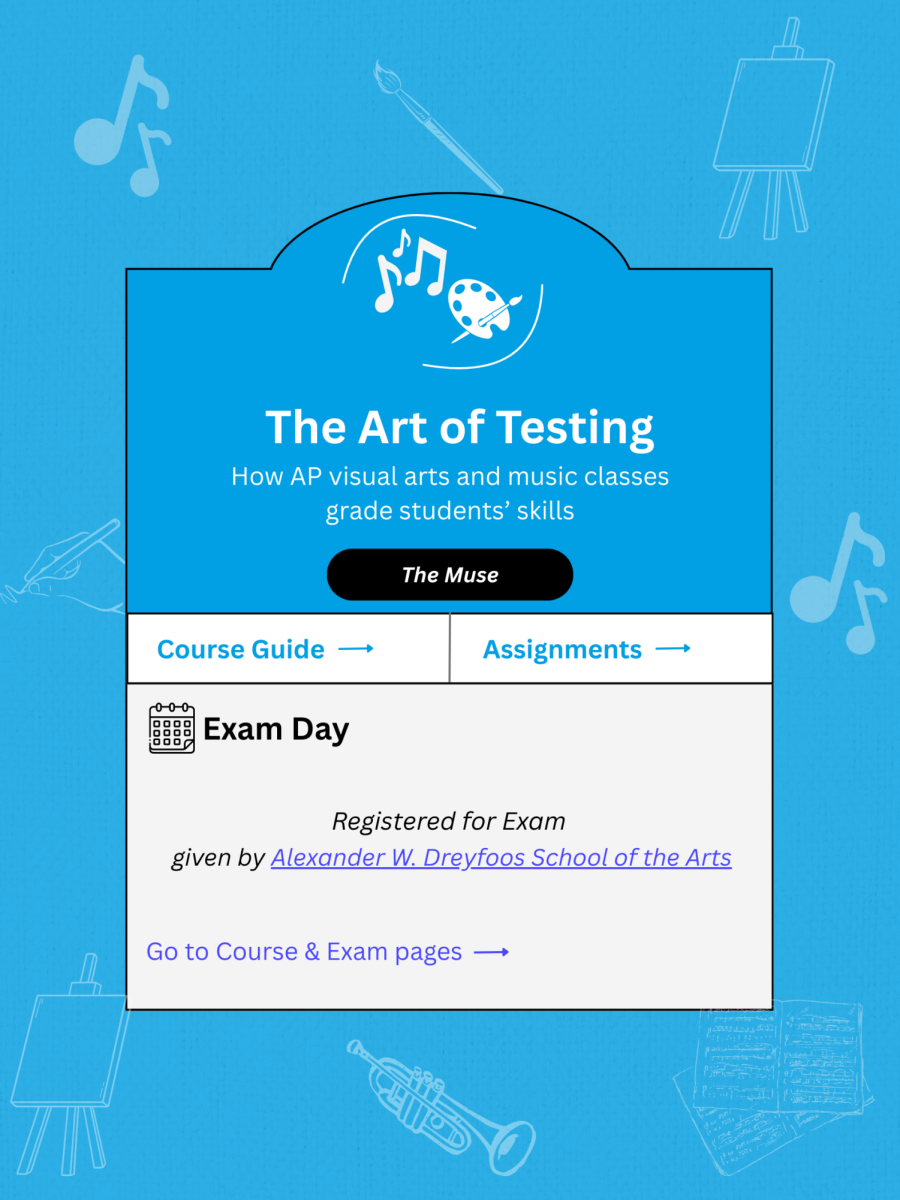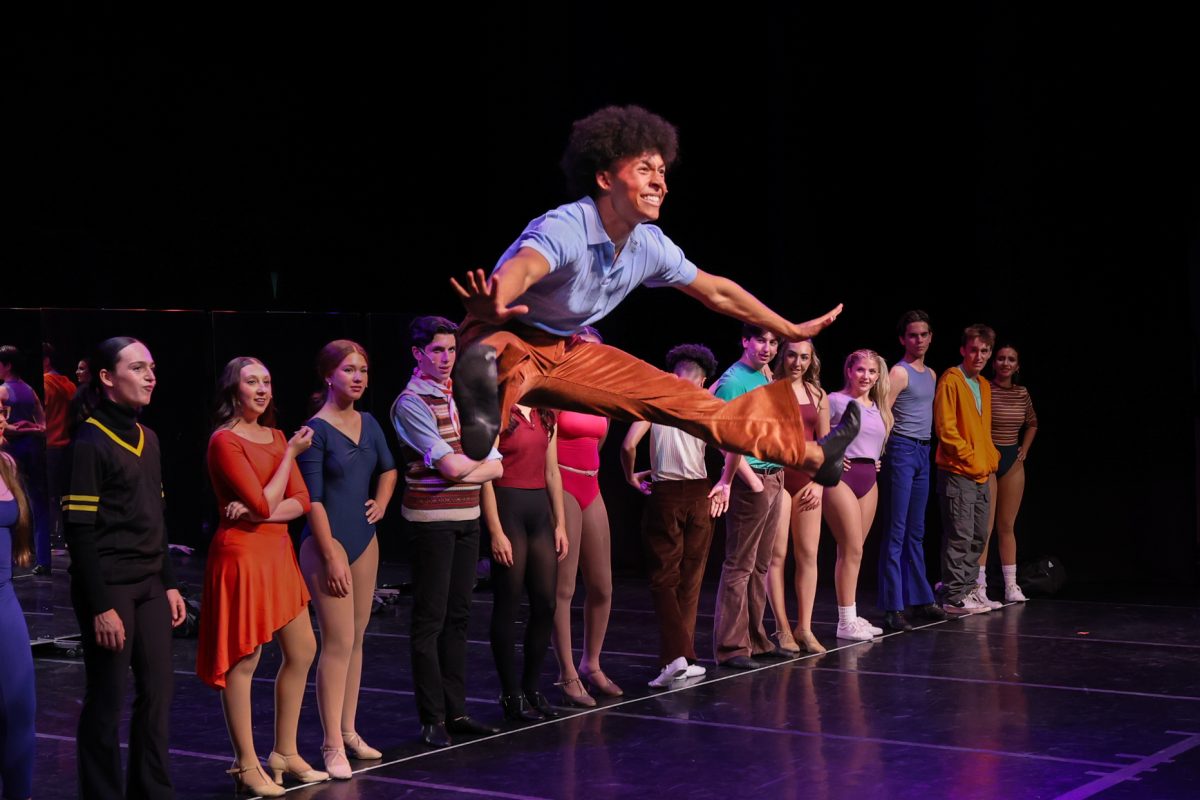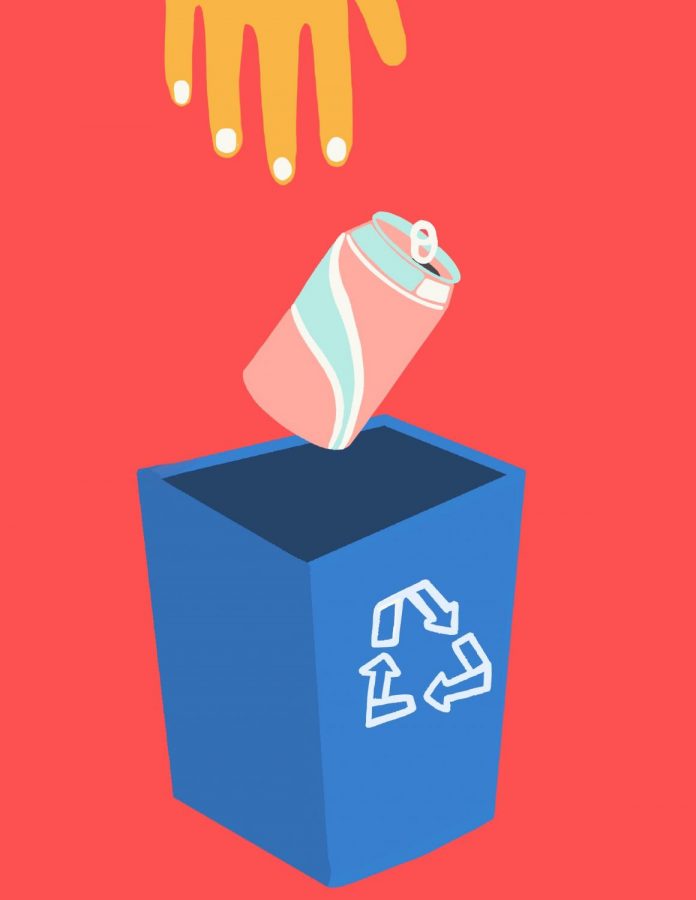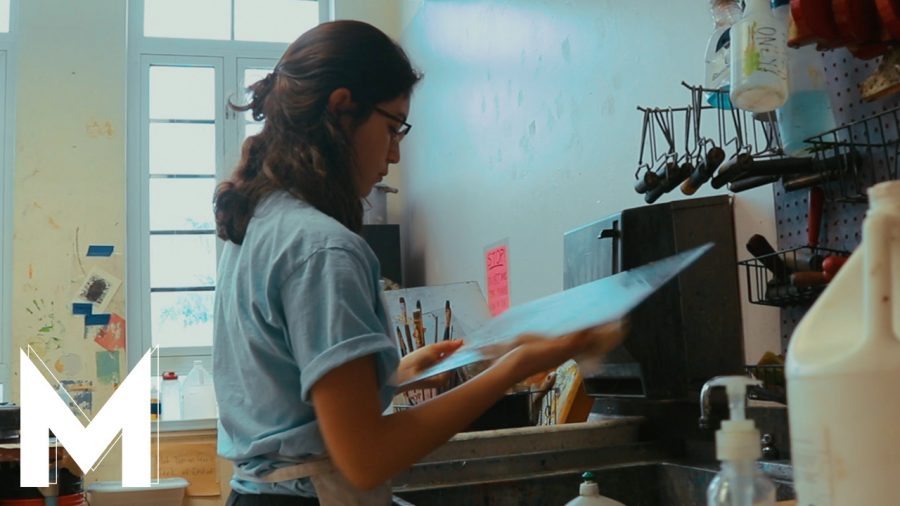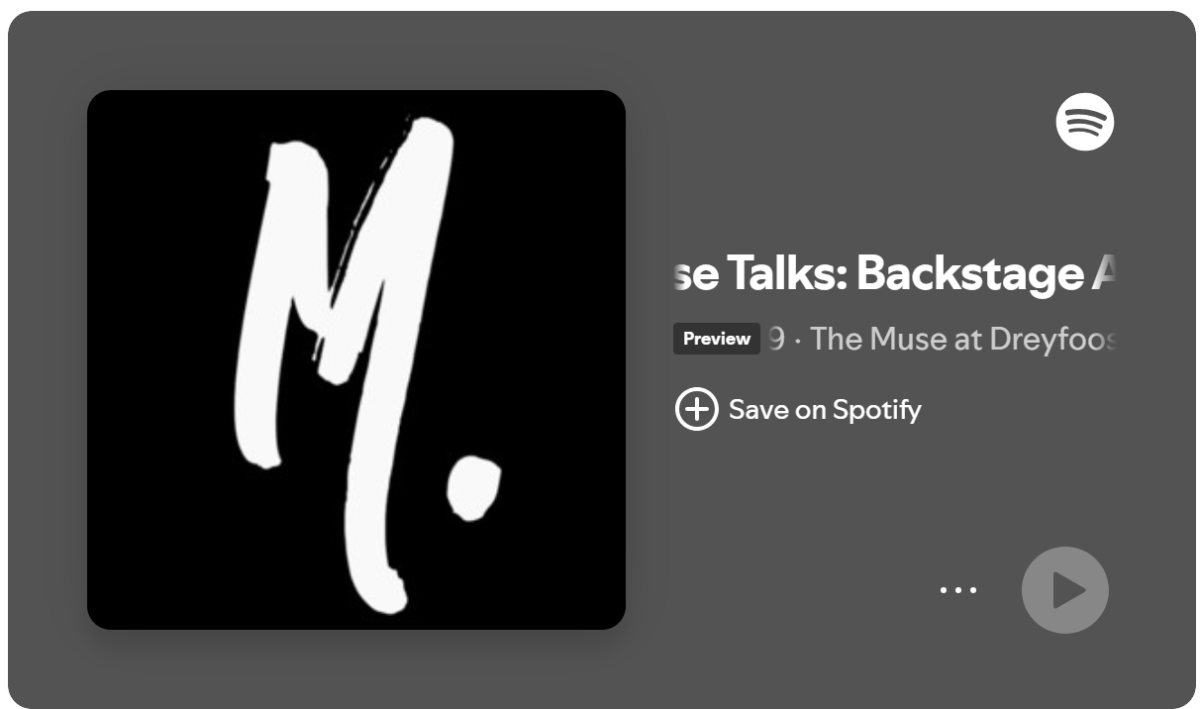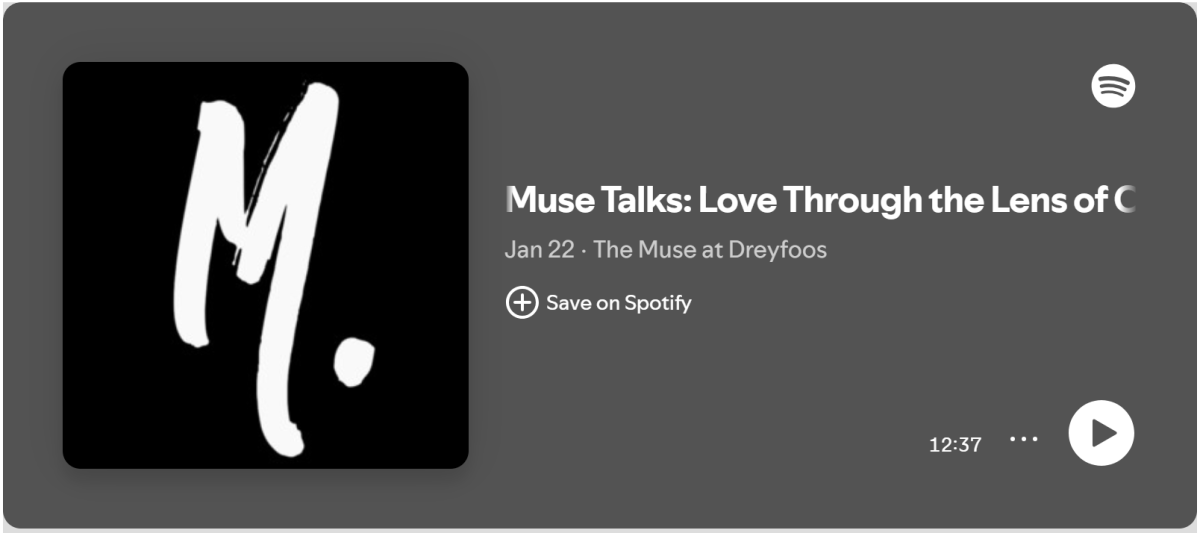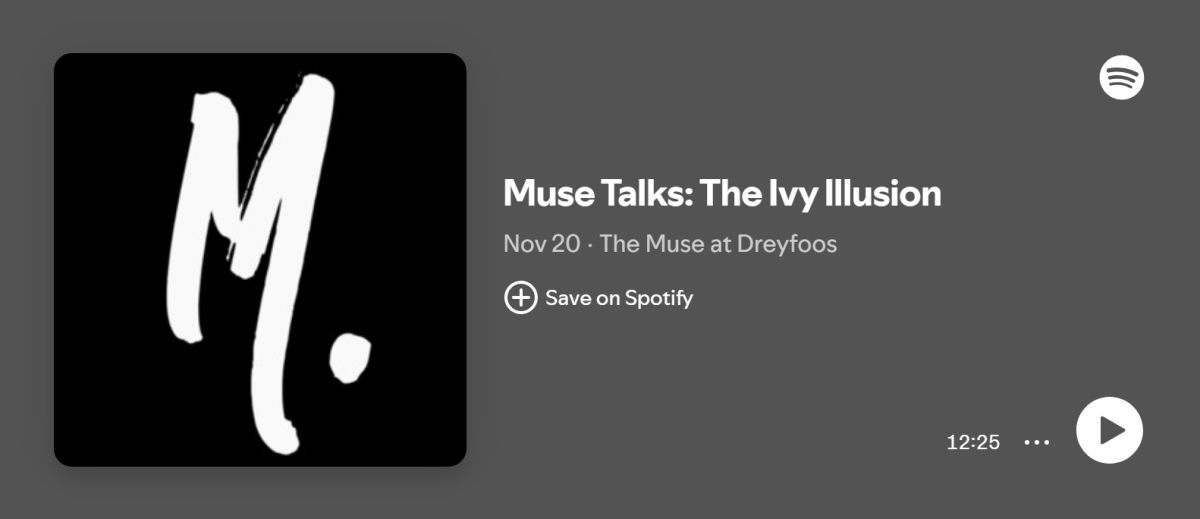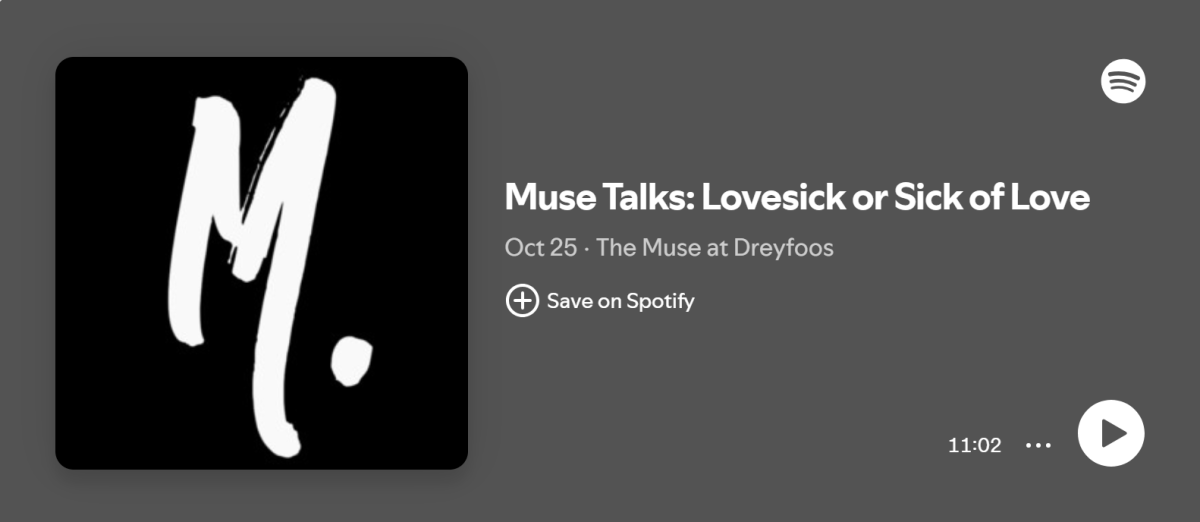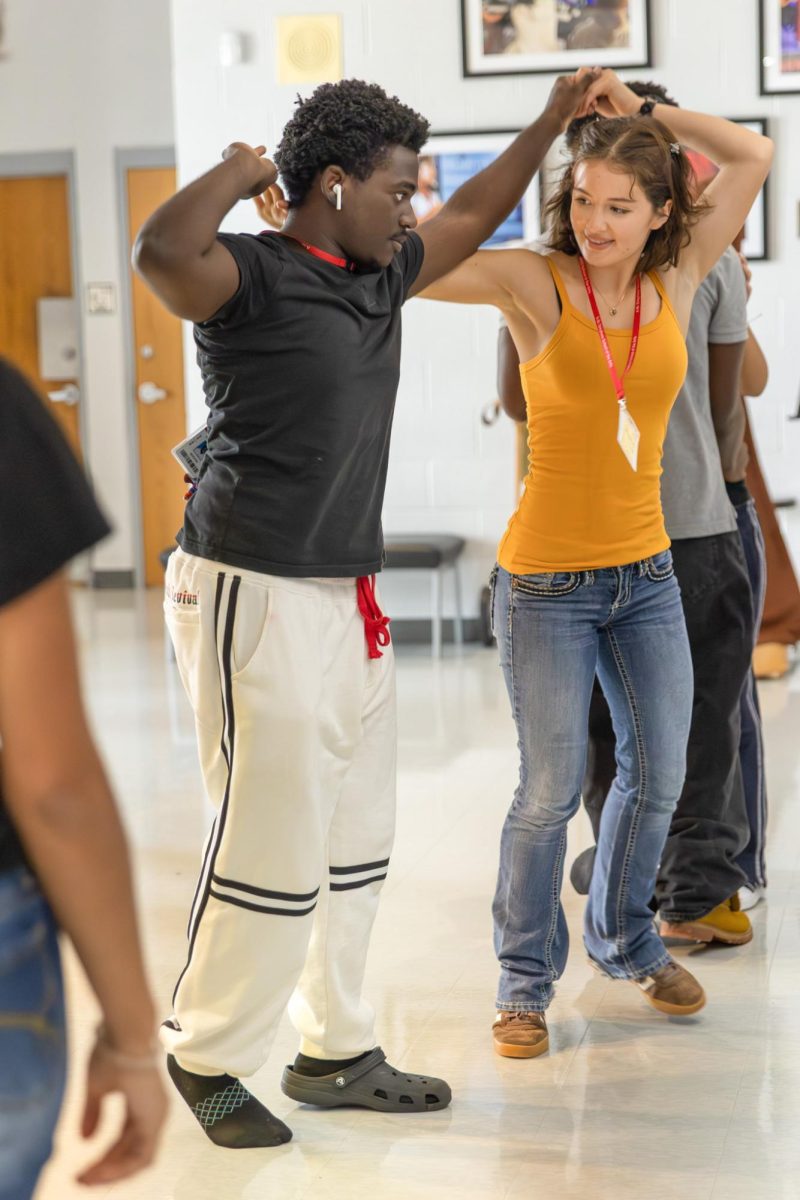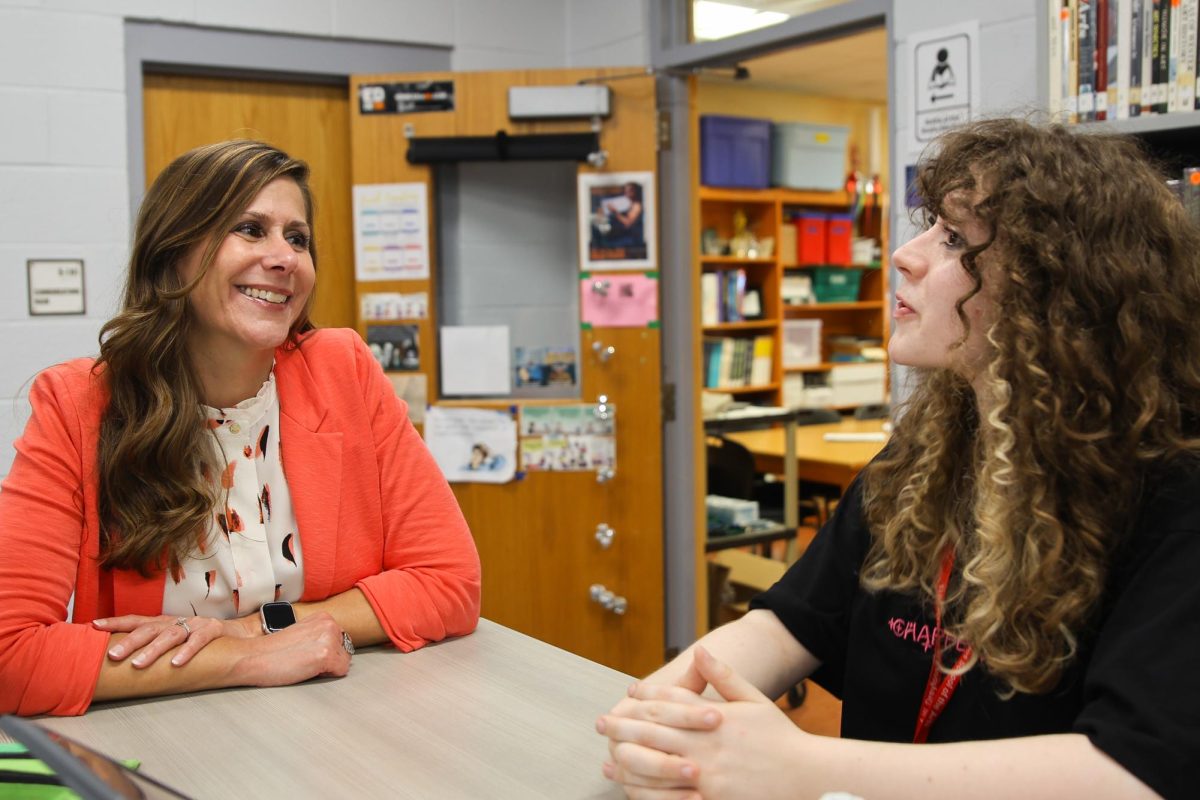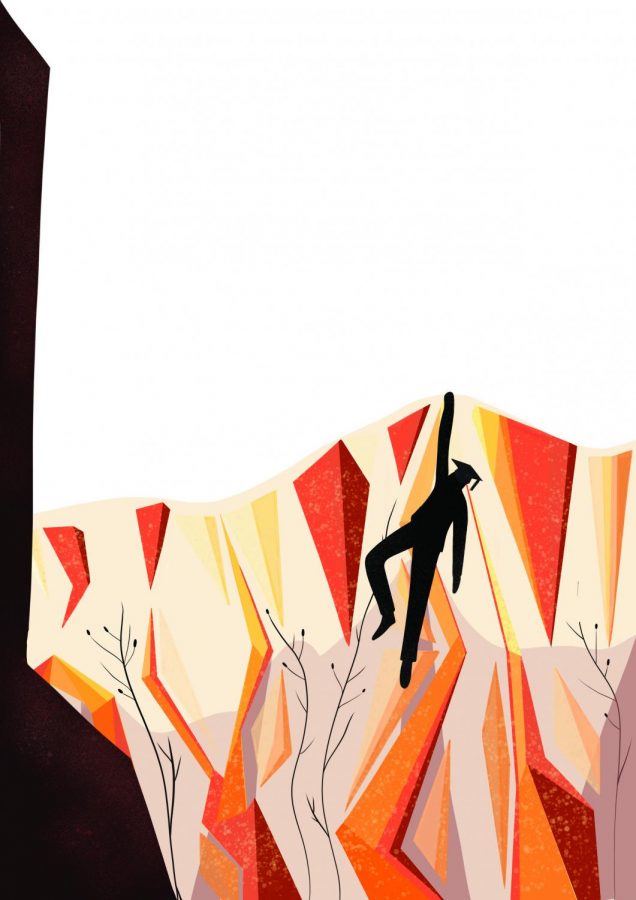Editorial: Bridging the Education Gap
As students attending a high-performing public high school, each of us owes a great debt to the public education system of the United States. But until the late 1800s, K-12 education was no guarantee for most U.S. citizens. Even by 1940, only about half of Americans had a high school diploma. Now, that number is higher than 80 percent. Few would argue against free access to primary education, and there’s no good reason to argue against the same access to postsecondary education. If we are to allow all Americans the opportunity to succeed in this country, free public colleges are a good way to start.
The greatest and most obvious benefit of this proposal would be the immediate reduction of student debt and increased accessibility of education. In the past, teenagers fresh out of high school were often able to afford college tuition with little to no aid or debt. According to The Atlantic, 182 hours spent working a minimum wage job would have been enough to pay for a year’s tuition at most public universities in 1979, something easily accomplished by working a summer job. However, as demand for college education has increased, so has its cost. By the same estimates, students would have to work for 991 hours today to reap an identical reward, which explains why the national student loan debt has skyrocketed to $1.5 trillion—an amount the Washington Post reports is higher than the figures for both credit card and auto-loan debt. The student debt crisis prevents many college graduates from starting families, buying homes, and securing the promise of the American dream. By making colleges more affordable, student loan debt will become more manageable, and a greater number of students will be able to afford and pursue higher education.
And in today’s world, a college degree is essential to get ahead in the workforce and benefit from the American economy. According to the Pew Research Center, millennials aged 25 to 32 with bachelor’s degrees earn almost $18,000 more than their counterparts with only high school diplomas. By maintaining an education system that grows increasingly unaffordable for low-income and even middle-class students, we deny many of those students the right to pursue the same successful or high-paying careers as others in their communities.
In making college a viable option for everyone, we would not only enhance the well-being and economic mobility of millions of Americans, but also develop a more educated workforce capable of greater innovation and national profit. That’s the lesson history teaches us, anyway. Researchers from Harvard University and MIT concluded that the GI Bill signed shortly after World War II, which enabled over 2 million veterans to attend college at no cost, was crucial in the development of such a successful post-war economy. That same economic boon could be achieved today by expanding free public education to the students who need it most. If we want to keep the U.S. economy competitive with nations like Finland, Denmark, Sweden, and Germany that already offer extremely affordable public colleges, we must offer them ourselves.
Horace Mann, an American educator and early advocate of public schools, famously referred to education as “the great equalizer.” Regardless of socioeconomic background, few things can build opportunities for young people like a good education. But until the opportunities of higher education are afforded to every American child through free, accessible public college, we fail in our duty to secure their futures and their freedoms. When only the advantaged in our society can reap all the rewards of “the great equalizer,” we know there’s still quite a bit of equalizing left to be done. Let’s change that.
Your donation will support the student journalists of Dreyfoos School of the Arts. Your contribution will allow us to purchase equipment and cover our annual website hosting costs.

